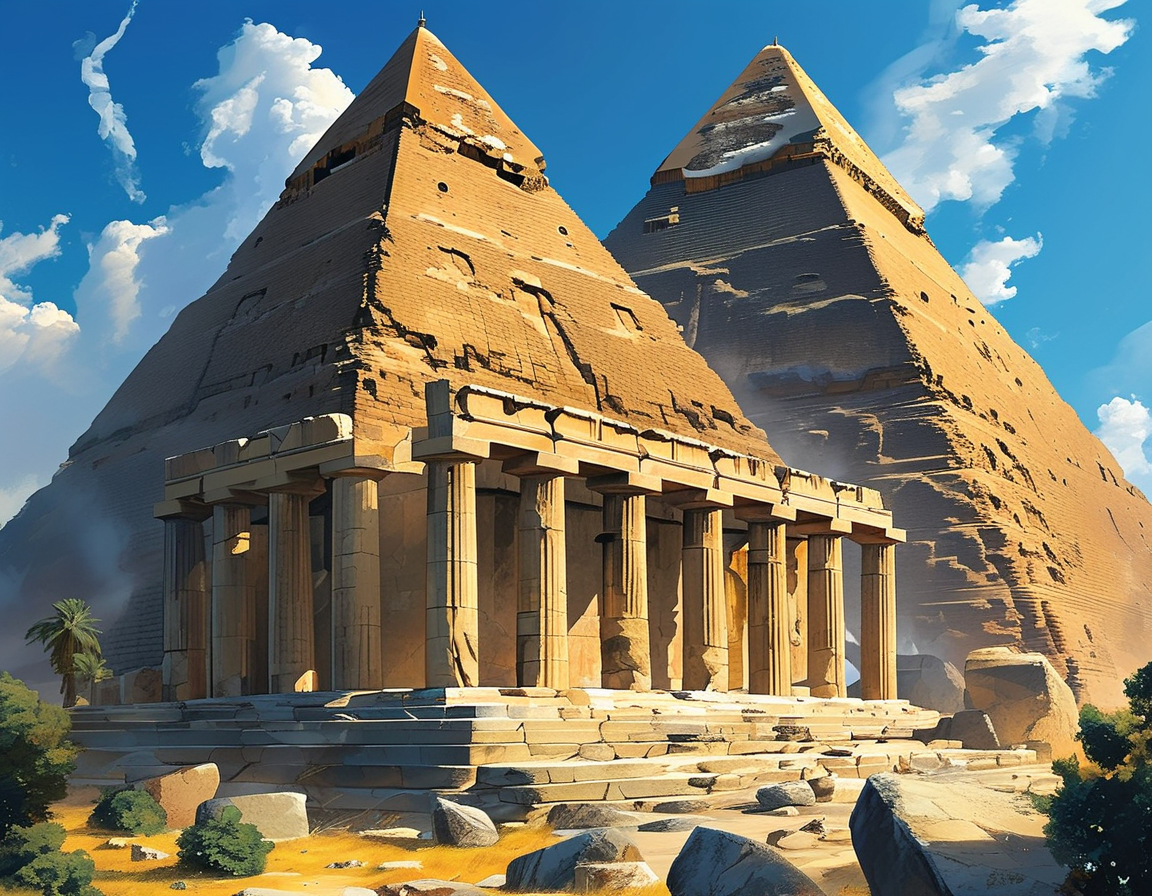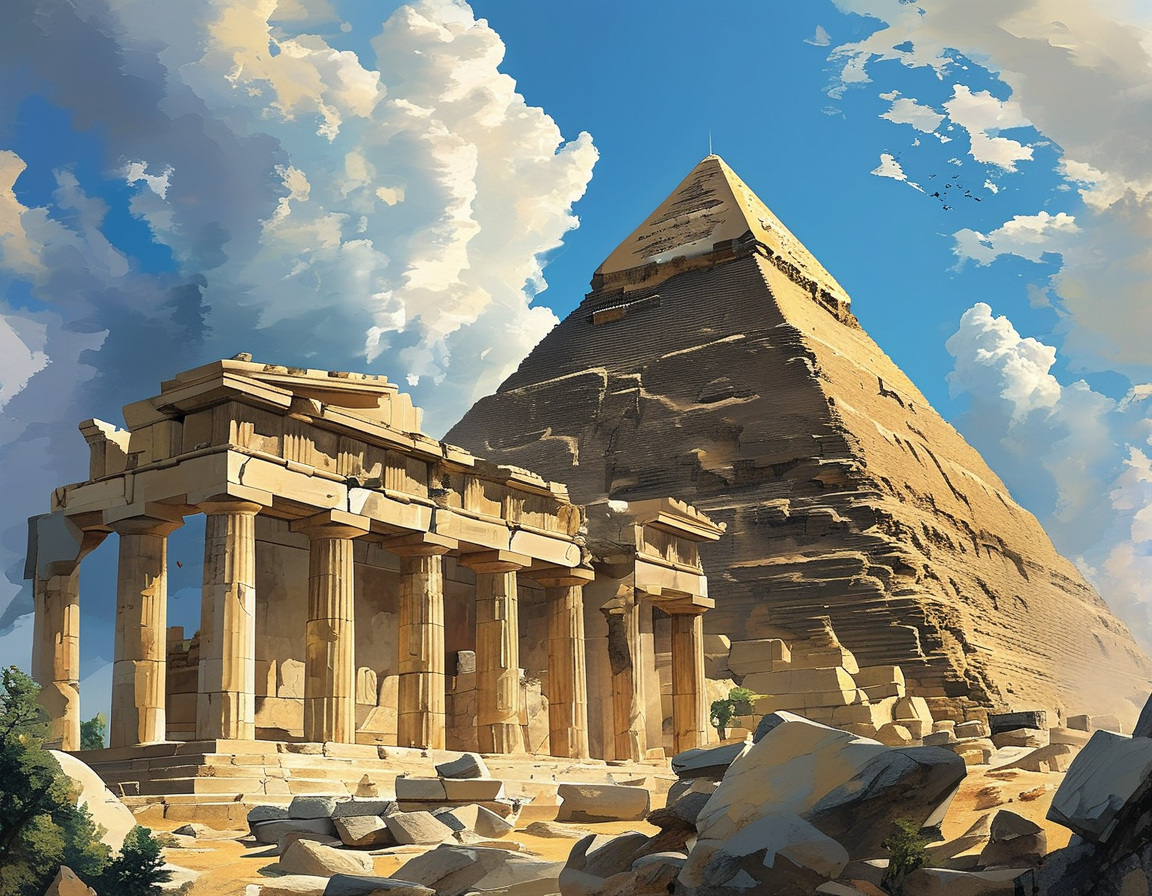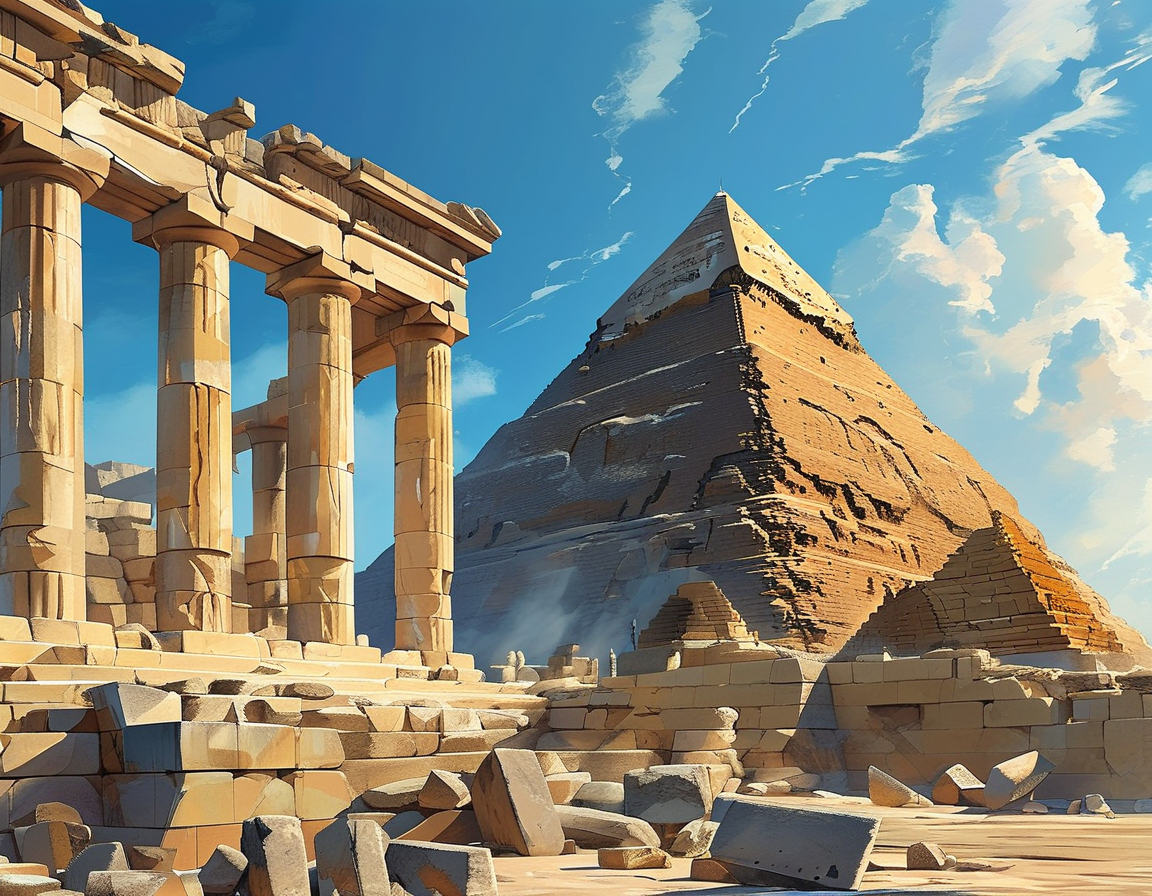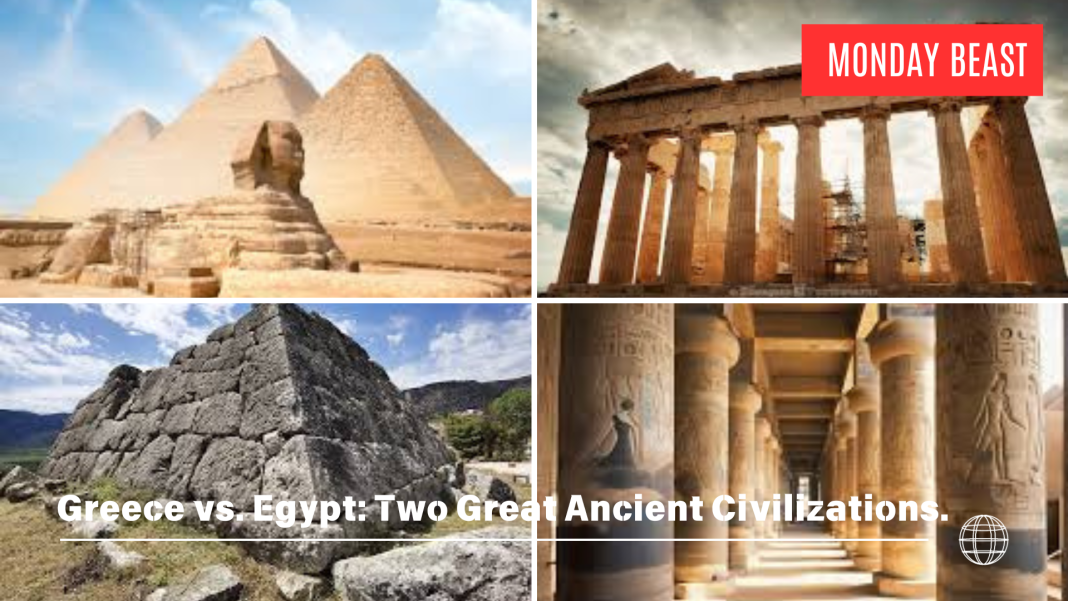Modern audiences often wonder about the essence of ancient civilizations. How did two of the most prominent cultures, Greece and Egypt, shape our world?
It’s easy to overlook their unique contributions. Yet, both civilizations tell fascinating stories of human progress, artistry, and faith. Dive deeper to discover their rich tapestries intertwined through time.
Mythology and Religion

Greek mythology enthralls many with its colorful pantheon. Gods and goddesses like Zeus and Athena dominate narratives. Each deity represents facets of life and nature, from wisdom to war. Through myths, the Greeks explained seasons, emotions, and moral lessons. Imagine hearing thrilling tales, a cultural glue binding society together.
On the other hand, ancient Egypt’s religion was similarly profound. Egyptians worshipped gods like Ra and Osiris, believing they held dominion over everything. Reverence permeated daily life. The Nile was a sacred symbol of fertility, underscoring the connection between nature and spirituality.
These shared aspects of mythology evoke curiosity. How would our lives differ if we actively worshipped deities today?
Art and Architecture

When discussing architecture, the Parthenon in Athens is iconic. Its elegant columns and intricate details showcase Greek dedication to beauty and proportion. The sculpted figures, like that of Athena, breathe a sense of realism. Imagine standing in the temple, absorbing the ambiance. Those moments transport you back to a vibrant culture.
Alternatively, the grandeur of Egyptian architecture is awe-inspiring. The Pyramids of Giza stand as testaments to human ingenuity. Each stone tells a story of the pharaohs’ legacy and divine connection. Walking through the halls of Karnak Temple, one might feel echoes of ancient rituals. These architectural wonders beckon travelers, stirring imaginations.
Art from both cultures serves more than a decorative purpose. It engages and raises questions about identity and legacy. Which art forms resonate more with you—Greek realism or Egyptian symbolism?
Festivals and Customs

Celebrations marked the calendar for the Greeks. Festivals like Panathenaia united communities. Athletes competed in honor of gods, emphasizing physical prowess and cultural pride. After a long day of chariot racing or theater plays, what retellings of the festivities lingered the next morning?
In Egypt, festivals also played critical roles. The annual Opet festival honored Amun-Ra with vibrant processions. Communities gathered to experience spiritual bonding through shared rituals. Picture the sounds, smells, and sights during these ancient gatherings—it was unity in celebration.
Both cultures understood the importance of community. They fostered connections among people, and still today, our festivals evoke similar sentiments. What traditions do you cherish that echo these ancient practices?
Fashion and Beauty
Fashion in ancient Greece highlighted elegance and simplicity. Men donned chitons, while women chose peplos, draping elegantly to flatter the silhouette. Imagine attending a gathering with flowing garments that danced in the breeze. Natural oils and fragrant herbs completed their beauty routines, reflecting lifestyle choices.
Egyptians, conversely, embraced ornate styles. Light linen garments resonated with the hot climate, while makeup served as both aesthetics and protection. Kohl-lined eyes were emblematic of beauty and status. Imagine walking through a bustling market, admiring the rich textiles and vibrant colors.
Their distinct styles urge reflection. How do the clothing and beauty standards of today draw from these ancient influences?
In conclusion, the civilizations of Greece and Egypt invite deep reflection on our shared identity. They represent diverse legacies woven into the fabric of modern life. From mythology to architecture and customs, these ancient cultures continue to influence us. Have you ever pondered how much they shape your understanding of the world?




